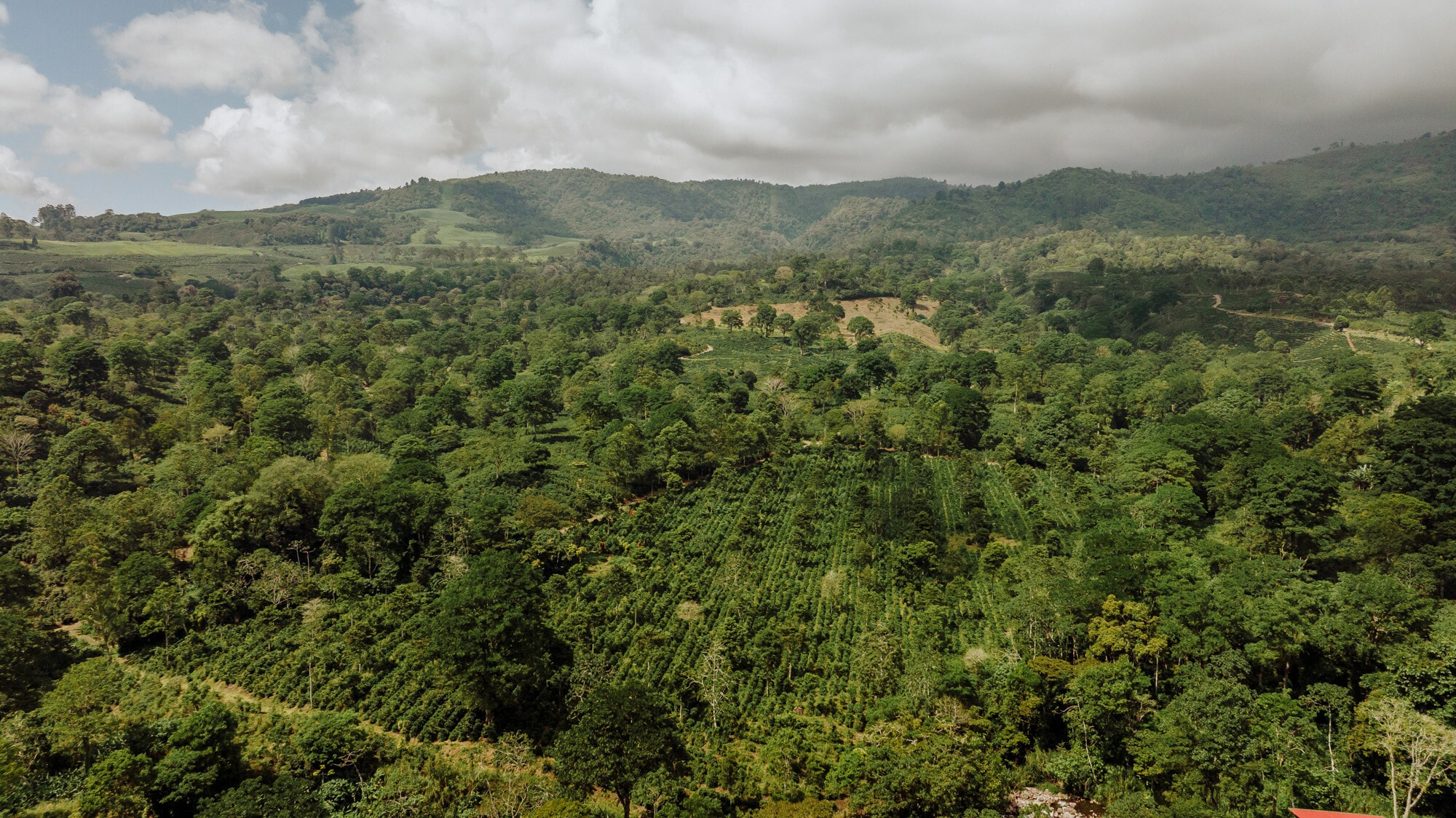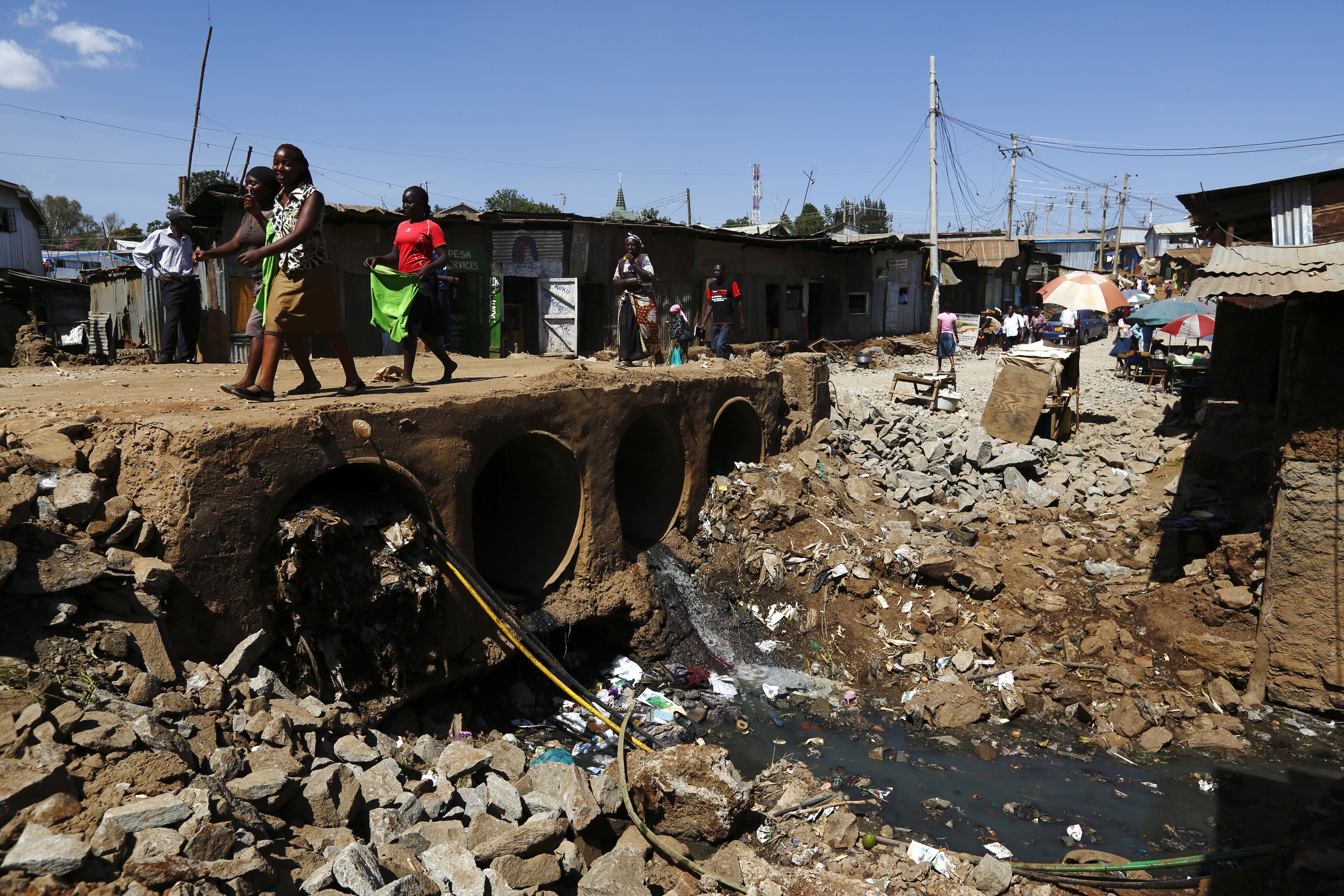Fighting in Sudan could plunge millions into hunger, WFP warns

“WFP calls on all parties to the conflict to take immediate steps to stop the fighting,” the agency stated.
Image: REUTERS/Mahamat Ramadane
Stay up to date:
Food Security
Listen to the article
- Fighting in Sudan is threatening to exacerbate humanitarian crises across the region.
- The World Food Programme (WFP) warns that millions more will likely fall into hunger as a result of the conflict.
- “WFP has activated its highest level of emergency response for the operation in Sudan,” an agency spokesperson said.
In April, intense fighting broke out across Sudan between warring factions led by two military leaders vying for power. The violence shattered hopes of a peaceful political transition and has forced tens of thousands of civilians to flee into neighbouring countries.
The conflict has also disrupted the flow of humanitarian aid across the region—especially the supply of critical food aid.
In the following question-and-answer, Brenda Kariuki, a spokesperson for the United Nations World Food Programme's (WFP) Regional Bureau of Eastern Africa, details the dire state of hunger in Sudan and explains how the fighting is impacting food security in the region.
What is the state of food security in Sudan?
“Sudan has been hosting over 1.1 million refugees and 3.7 million internally displaced persons, while over 15 million people were facing severe food insecurity before the onset of the crisis.
“Nearly four million young children and pregnant and breastfeeding women are acutely malnourished. These numbers are bound to increase — 19 million people will be acutely food insecure in the next 3 to 6 months if the current conflict continues.”

Is the fighting in Sudan threatening to exacerbate hunger across the region?
“Yes, the crisis in Sudan is likely to plunge millions more into hunger in the coming days and repercussions will be felt across the region.
“Sudan is a vital transport and trading route for South Sudan and an important source of Sorghum imports across the region. The trade routes from Sudan to South Sudan are also critical for WFP’s operation, with around 20% of the food WFP planned to buy coming from Sudan. Without access to these routes, WFP will be forced to explore more costly options to buy food.
“This conflict is already limiting the supply of food, increasing prices and threatening to push people further into hunger in neighbouring countries.
“Chad: Since the eruption of clashes in Sudan, more than 30,000 new Sudanese refugees have crossed into Chad, according to the Government of Chad and UNHCR.
“WFP started food distribution on 26 April and have reached so far 11,000 people with food and nutritional assistance with more than 480 metric tonnes of food mobilised from N’Djamena to Farchana and Gozamir near the Sudanese border.
“WFP urgently needs $162.4 million to support newly arrived and all existing refugees in Chad along with host communities, as well as other vulnerable food insecure people in Chad.
“South Sudan: More than 40,000 people have crossed the border into South Sudan, many of them requiring humanitarian assistance. WFP is providing hot meals for new arrivals as well as nutrition screening for children and pregnant or breastfeeding women and children.
“WFP remains ready to scale-up and respond as needed. However, WFP needs $466 million to ensure we can reach new arrivals as well as the existing vulnerable South Sudanese families.
“Egypt: The Egyptian Government announced that, as of 7 May, more than 40,000 Sudanese nationals have crossed the borders into Egypt. WFP has delivered 10 metric tonnes of fortified date bars for distribution at the entry points of Argin and Qastal-Ashkeet. An additional nearly 10 metric tonnes of food will be delivered to our partner organizations.”
Accept our marketing cookies to access this content.
These cookies are currently disabled in your browser.
How have WFP operations been impacted by the fighting?
“WFP operations were briefly suspended on April 16 after the tragic death of three WFP employees and four partners from Blue Nile Mashreg Bank during an attack in the Darfur region of Sudan. The security situation is still highly precarious. WFP is considering locations where humanitarian access is assured and constantly assessing security, capacity and access-related considerations.
“After a brief pause in operations, WFP has restarted its life-saving operations in Sudan on 1 May to meet the immediate needs of refugees, host communities and internally displaced people.
WFP has activated its highest level of emergency response for the operation in Sudan.
”“With a first set of distributions underway in Gedaref State, WFP is planning to provide food assistance for 384,000 pre-existing refugees, newly displaced and host communities in the states of Gedaref, Gezira, Kassala and White Nile in the coming days.”
How can the international community support efforts to mitigate hunger in the region?
“WFP calls on all parties to the conflict to take immediate steps to stop the fighting, respect humanitarian actors and assets to enable us to do our work in a country with some of the highest rates of food insecurity in the world.
“WFP is also calling on the international community to support our efforts to meet the needs of the people displaced and affected by the crisis in Sudan. WFP is going to need the following funding in the next 6 months: $300 million for Sudan, $162.4 million for Chad and $466 million for South Sudan.”
Don't miss any update on this topic
Create a free account and access your personalized content collection with our latest publications and analyses.
License and Republishing
World Economic Forum articles may be republished in accordance with the Creative Commons Attribution-NonCommercial-NoDerivatives 4.0 International Public License, and in accordance with our Terms of Use.
The views expressed in this article are those of the author alone and not the World Economic Forum.
Related topics:
Forum Stories newsletter
Bringing you weekly curated insights and analysis on the global issues that matter.
More on Food and WaterSee all
Juliana Jaramillo
September 8, 2025
Jean-Philippe Salcedo
August 29, 2025
Luna Atamian Hahn-Petersen and Silje Hansen Eeg
August 26, 2025
Ridwan Sorunke and Alyse Schrecongost
August 25, 2025
Tom Crowfoot
August 14, 2025





